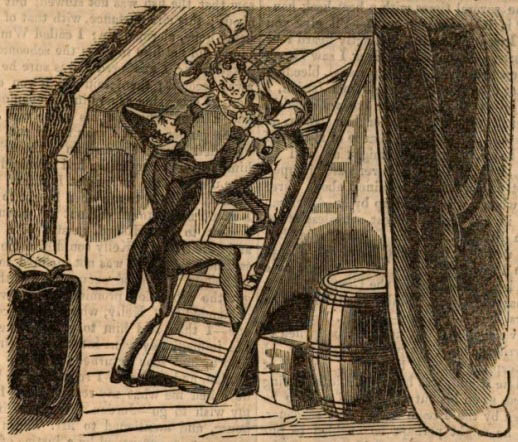Edward Jordan was an Irish pirate, fisherman, and rebel who lived in Nova Scotia about 1771–1809. He was typical of the brutal but transient pirates that emerged in the 19th century after the 18th-century “Golden Age of Piracy” came to an end.
He participated in the Irish rebellions of 1797–1798 after being pardoned and making an attempt to establish himself as a fisherman in Nova Scotia. He was born in County Carlow, Ireland. But his Gaspe Bay-based seasonal fishing business failed, leaving him heavily indebted. In an attempt to keep his fishing schooner, The Three Sisters, from being taken by Halifax merchants, he attempted to kill every member of the crew on September 13, 1809, in an attempt to keep the ship.
The captain, John Stairs, was only slightly hurt and made it overboard, but Jones still managed to kill two crew. A fishing vessel that was passing by saved Stairs, and she lived to sound the alarm. Jordan was taken prisoner by the Royal Navy schooner HMS Cuttle a few weeks later.
Later that year, Jordan was found guilty of piracy and put to death in Halifax, Nova Scotia. As a warning to others, his body was coated in tar and hung from chains in an iron cage known as a gibbet at Point Pleasant’s Black Rock Beach. His gibbet was placed beside those of four other people who had been hanged for mutiny on McNabs Island’s brig HMS Columbine the same year. They were executed across the harbour.
In the end, his skull was given to the Nova Scotia Museum. It was most recently on show at the Maritime Museum of the Atlantic in Halifax as part of the “Pirates: Myth and Reality” exhibit.







